Taking the online offline: this post is about a book project a few friends and I pursued over the last couple of years. Countless brainstorming sessions, endless nights in Den Haag spent working on the manuscript and a trip through Central Asia promoting the book have evoked great passion from many people. This post is about commemorating this.
Ollie – a friend from school days in Berlin – and I founded neweurasia in 2005 while I was a student in London. He and I had already worked together with Chris Schwartz when we, in the year before, set up Thinking East, a student-run online magazine publishing extended and edited essays on topics ranging from the Israel-Palestine conflict to ethnic minorities in Uzbekistan.
We always were strongest in Central Asia – where we found a general enthusiasm for publishing thoughts online among the young and educated generation. A general eagerness to perfect one’s English also helped, as did Chris Schwartz patient pen when editing the often long and winding essays. My growing fascination for the region (sparked by an internship for my friend Lutz) helped to keep me motivated.
After a few “editions” of Thinking East, neweurasia was the logical continuation. It was designed as a blog network, thus reduced the need to edit language. We found a bunch of enthusiastic (and mostly Western) students who took ownership of the various country blogs we set up.
Over the years came support in the form of grants from OSI and Hivos. We rolled out an ambitious training program to get young people from the region blogging, reaching about 500 people through various training sessions and conferences throughout Kazakhstan, Kyrgyzstan and Tajikistan. Unfortunately, the political situations in Uzbekistan and Turkmenistan prevented us from reaching out there.
Since the project’s inception, we have published several thousand stories in English, Russian and local languages. Some were better than others. A select few were amazing. It was somehow sad to see some of these gems to disappear in the digital ether. With that in mind, I jotted down some initial ideas about a “best-of” book and sent them to Ollie. The initial enthusiasm was sparked. It was 2007.
With a generous grant from Hivos, we set out in 2008 to produce the book. We called it “Cyber Chaikhana”. The word for Central Asia’s ubiquitous tea houses, chaikhana, seemed to best encapsulate the purpose of the book: the tea house is a centre of community life in Central Asia, in which all subjects – from politics to religion to backgammon strategy to the fashion sense of a local politician – are energetically discussed over cups of hot sugar tea.
Chris was the natural choice for being the actual editor of the book because of his passion for writing and editing, his job as neweurasia’s managing editor as well as his curiosity about the region. He and I would sit together in my apartment in Den Haag and (over endless cups of tea) sift through myriad blog posts and discuss the editorial direction of the chapters. A fun time that brought us much closer together.
The manuscript covered a wide breadth of topics. The material, chosen from the last five years (2005-2010), was arranged into 10 chapters: five country-specific and five for themes that are valid across the region (e.g. women in post-Soviet societies, media and education). This method was chosen to lend the five Central Asian republics a broader context, and imbue that broader context with nuance that is too often overlooked.
The writing process took longer than previously anticipated. The scale of the task, scanning not only neweurasia, but also the whole Central Asian blogosphere for appropriate content, was huge. In the end, it took over two years to finish writing the manuscript of around 50,000 words. All the while, we posted the rough drafts of the chapters on the neweurasia site to invite comments from readers. We also received formal approval by the posts’ authors to have their content published in the book.
More than 100 blog posts made it into the final manuscript. A professional proofreader gave the English version the final coating while Andrey Tolstoy began translating the book into Russian. Andrey had already been the neweurasia’s site translator for some time, which made him the obvious choice as the book’s translator.
The physical production of the book proved no less challenging than its writing. Producing a high-quality book of around 200 pages in two languages, featuring timeless illustrations by a Berlin-based illustrator, as well as photography from the region, required patience and concentration. With his ample experience in design, Ollie took on the challenge of producing two books in full colour, using mostly identical printing stencils for both (the Russian text had to fit in exactly the same place than the English one).
The printing was done in Berlin, where a printing house known to us provided us with the best conditions to print: high-quality paper, in colour throughout, as well as with a coated cover, front and back. Their price seemed unbeatable too.
The cover of the book is a stylised photo of an apartment block in Bishkek, close to the Osh Bazaar. Next to its aesthetic value, we also chose this image to symbolise the notion that the “Cyber Chaikhana” is more often in people’s living rooms, in front and around the computer, than in a traditional chaikhana hut.
The typeface was challenging because we had three narrating voices throughout: Chris as the editor, the bloggers as well as the commentators to the blog posts. We worked with colours, indentation as well as italics to clearly delineate the three perspectives.
Berlin-based Rolf Bremer created the chapter illustrations.
In the end, we printed 2,000 Russian and 200 English copies. The Russian copies were to be brought in equal parts to Kazakhstan and Kyrgyzstan. The shipment was carried out by an international freight forwarding company and managed by our team in Berlin and our chief bloggers in Kazakhstan and Kyrgyzstan, Asqat and Misulzhan, respectively.
After a very painful and expensive custom-clearing exercise, the books arrived in the region in early April. A week later, Chris, Ollie and myself journeyed to the region for distribution and promotion throughout the two countries.
In Kazakhstan, Chris and Asqat gave formal lectures and presentations all around the country – in the capital Astana, Karaganda and Almaty.
They were interviewed by several national news outlets.
All told, Chris estimates that he presented the book directly to approximately 1,000 people and distributed by hand almost the entirety of the Kazakhstan copies.
Reception of the book was immediate and strong. Chris reported several encounters with people who claimed to have read the book in a single night. As may be expected with a book about blogging, Asqat noted a mixture of very positive and very negative reactions popping up across the Kazakh-language blogosphere. Many readers were impressed by the fact that there were so many “normal” voices in the book – in other words, that people like them, rather than experts, were key constituents of the book’s contents.
After offloading the books for Kazakhstan in Almaty, the same truck drove further south to deliver the shipment to Bishkek. Our friends from the Central Asia Free Market Institute had already planned a three-week civic education bus tour throughout the country coinciding with our promotional tour plans. They visited more than 200 secondary schools, universities, and libraries in all oblasts of the country.
A close friend from London and I joined the bus tour for three days at the beginning to get a feel for how and where the books would be handed out. The tour started in the Batken oblast, the most remote of Kyrgyzstan’s regions situated in the country’s southwest.
To complement the bus tour, I gave a presentation at a media centre in Osh, where about 20 attendees listened to the talk and participated in a (very heated) discussion.
By the end of the two weeks, we had distributed most of the 2,000 Russian copies and had engaged in many interesting conversations with bloggers, students as well as NGO and media folks. Before and after the trip, we sent off most of the English copies to other contributing bloggers scattered around the globe, donors, friends as well as other backers we had encountered on our journey.
Some of the learnings:
- We felt a sense of fatigue after we had completed the tour through Central Asia – and we all had to move on with our full-time jobs and private life upheavals that were keeping us busy at that time.
- On top of that we didn’t have a strong idea about what we should do with the remaining 50 or so English books. We could have marketed the manuscript a lot more to potential publishers of a second print run.
- To keep the buzz alive there should have been an e-book available free of charge immediately. We now finally plan to get this done in January 2013 (I will post news in this space).
- We had some cost overruns mainly related to the logistics on the ground (customs, additional proofing, etc.). They were all unavoidable and not really foreseeable so we should have probably budgeted higher for “incidentals”.
- This was probably one of the most exciting and rewarding projects I have ever been involved in!

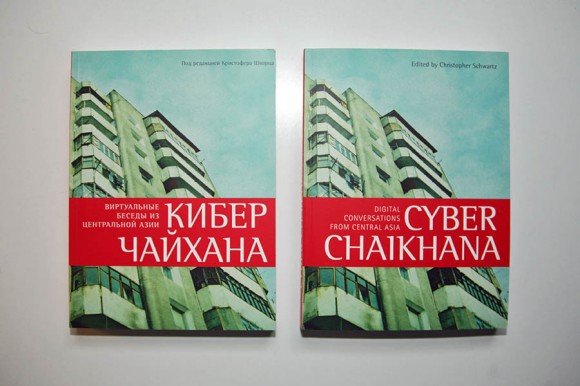
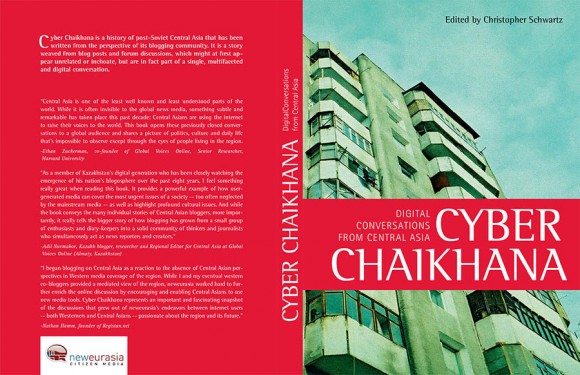
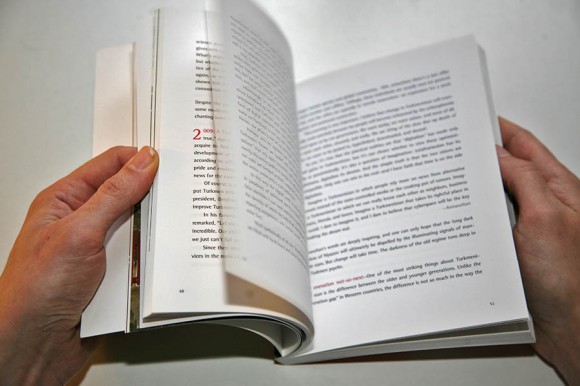
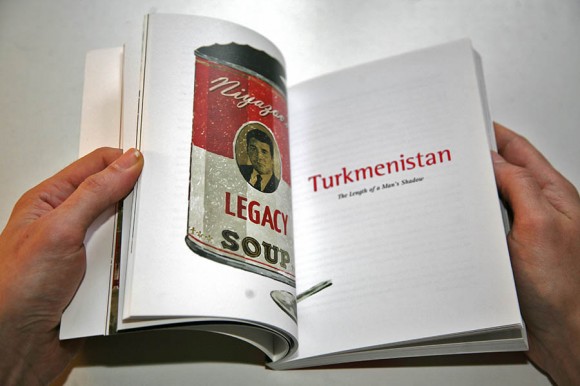
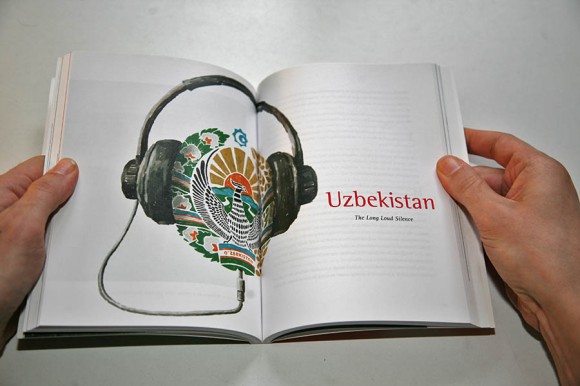
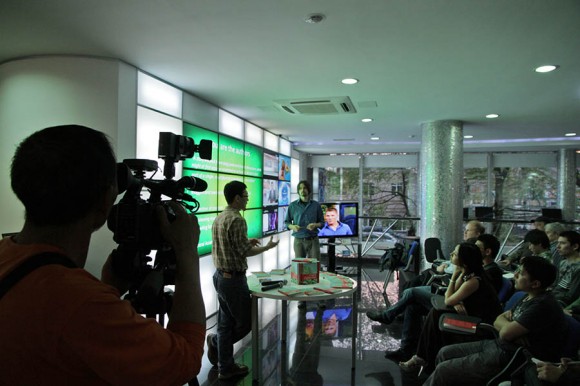


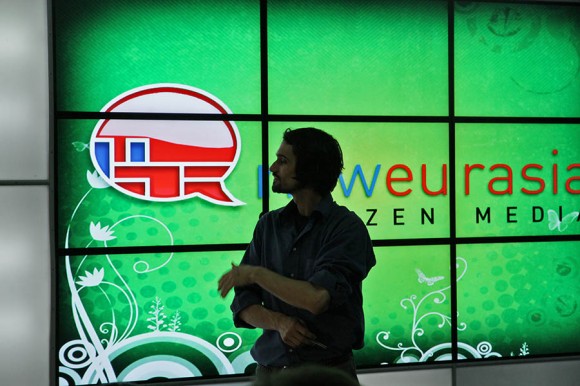
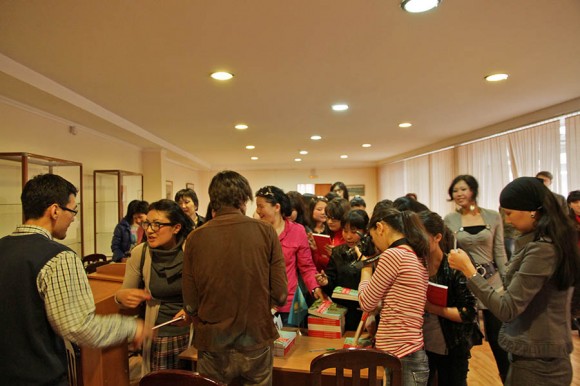
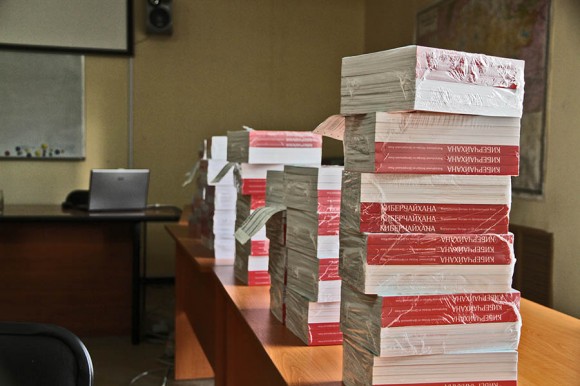
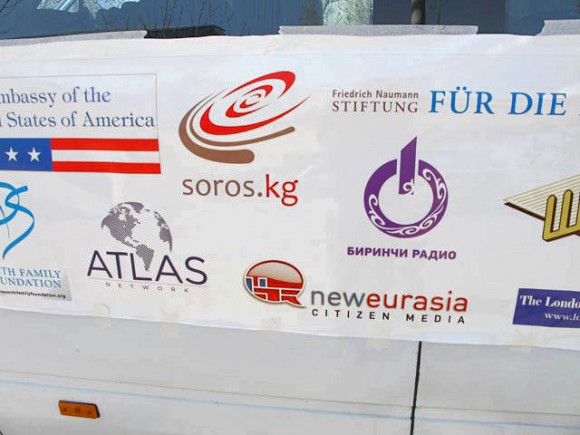
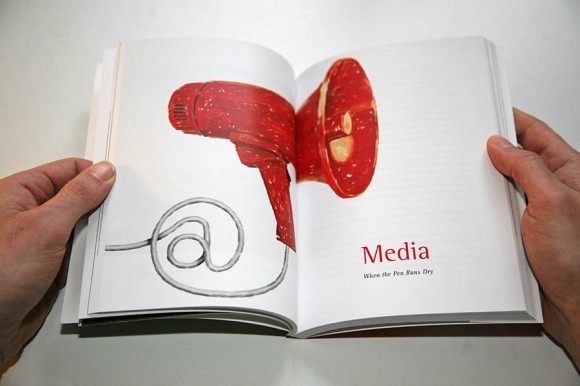
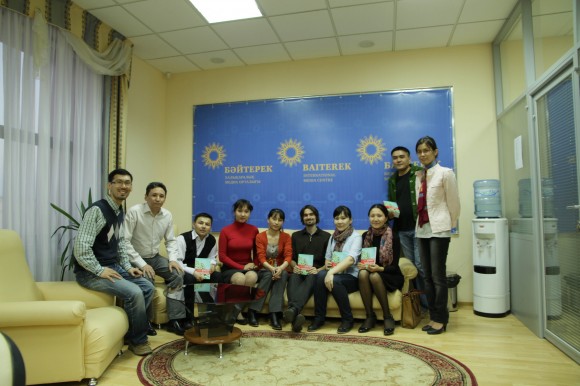
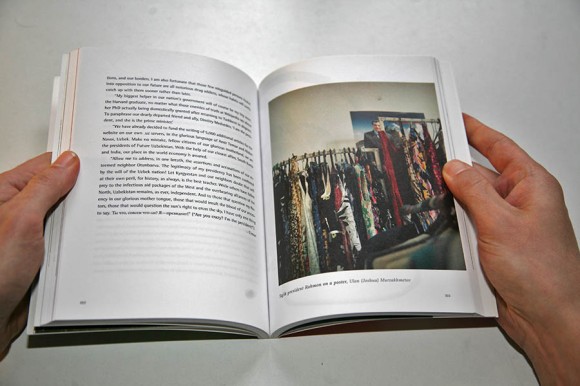

Wow! Happy memories. I don’t know which of these memories I love best: being with Asqat and Ollie in Karaganda, or dinner together in Astana, trekking about in Issyk-Kul, or the subsequent “chillout” in Istanbul. 😉